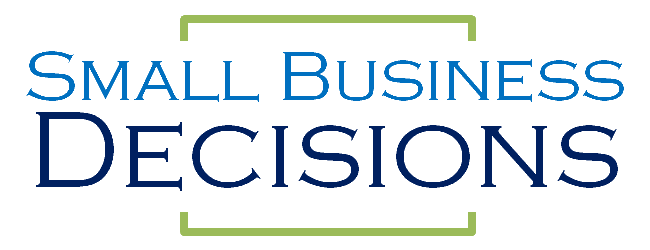One of the toughest parts of being a business owner is balancing the line between being great at customer service and saying NO to your customers who are asking for something you don’t want to do. In many cases, business owners say no before they have to. The perfect customer service company will never say no to customer requests. Instead of saying no, you could say: “That’s not our specialty, but we can do it for you, It’ll cost you this much.”
How I Learned to Say NO with Pricing from the Corporate World
One of the Fortune 500 companies I worked for used to ask for any and everything they could possibly ask from their suppliers until they were told no or until they were given a quote. When they were given a quote, they would occasionally agree to pay for it. They key is that they knew if they just asked for it instead of asking for a quote for the work to be done they’d either get it for free or they’d get the quote they wanted in the first place. There was also a point where the cost of doing something outweighed the benefits. The supplier didn’t always know how valuable something was to us, so we really just wanted a chance to compare the cost vs the benefit in our specific business scenario.
This taught me a very valuable lesson. The lesson of giving a “No” price on something that the suppliers just didn’t want to do.
Set a Price That Reflects the Cost of Not Doing Your Specialty
When you do things that aren’t your specialty, or that are not part of your normal product offering, you should be charging a premium for those tasks. Learning something new and a bit out of the ordinary is almost always going to take more time and effort than producing one more unit of the stuff you’re an expert at. In some cases, this is a great learning opportunity for you, but don’t be afraid to make some money doing it.
Set a Price that is Almost Ridiculously High
What if it’s something you really don’t want to do? Ask yourself: “How high would this price need to be for me to actually be OK with doing it?”. Charge that.
How to Communicate Around a High Price
The key here is to make sure you communicate well with the price you set. You don’t want to have a high priced “no” turn into a perception that your other goods are overpriced. That’s a bad thing. When you send off a “No-price” make sure to add some verbiage that says it’s not your area of specialty, but because the customer is so valuable to you, you’d be willing to do it for them. You’re almost doing them a favor AND charging for it! Way to go!
Use Differential Pricing to Capture the Reality of Serving that Customer
If this is one of those specific customers who is just going to have tougher acceptance criteria than the others, then you can start to use what’s called differential pricing. This is where you begin to individualize the price for that one customer to reflect the reality of the cost of service. You’re not being dishonest here, you’re just acknowledging that your price sheet doesn’t fully capture the cost of serving them to their satisfaction.
Learn From the Unexpected
If you end up doing a job at what you thought was a “No” price… you might have an opportunity to pivot your business into a more profitable market segment. See if this segment has the potential to be part of a new differentiation strategy for you.
Don’t Chicken Out – This isn’t Rejection
Running away from a difficult customer is easier than telling a customer who is hard to please that you’re going to raise their price. It’s the same net effect if you fire that customer. But this way you’re allowing them to reject you instead of having the chance to reject them. Get over your fear of rejection, and remind yourself that you’re actually rejecting them without them being wise enough to know it!


